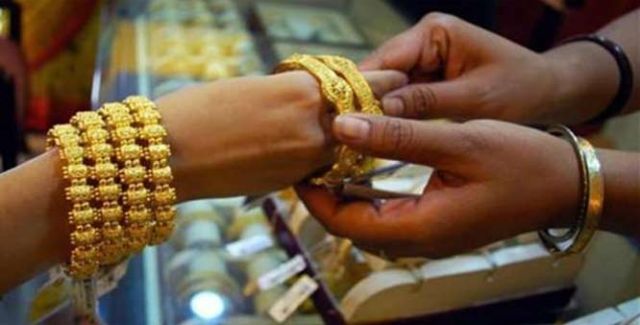
by admin | May 25, 2021 | Business, Commodities, Commodities News, Large Enterprise, Markets, News
 New Delhi/Mumbai/Kolkata/Chennai/Bengaluru : Come Dhanteras, and the hunger for gold, so visible among Indians, has helped them tide over the impact of demonetisation and the Goods and Services Tax (GST), as customers thronged jewellery stores on Tuesday.
New Delhi/Mumbai/Kolkata/Chennai/Bengaluru : Come Dhanteras, and the hunger for gold, so visible among Indians, has helped them tide over the impact of demonetisation and the Goods and Services Tax (GST), as customers thronged jewellery stores on Tuesday.
“We have witnessed very good footfall. Demand for jewellery is definitely higher this year than investment demand,” Balram Garg, Managing Director, P.C. Jewellers, told IANS in Delhi, adding “We expect sales to go up by 30 per cent on pent up demand due to various regulatory issues”.
Price of 24 carat gold in the national capital was hovering around Rs 30,000 per 10 grams on Tuesday.
‘Dhan’ in Hindi means wealth, and ‘Terah’ means number 13. Dhanteras, accordingly, means, the 13th Day of the Krishna Paksha in the month of Ashwin in Indian Lunar Calendar, which in Hindu tradition is devoted to wealth.
Many seek to buy gold, silver and utensils and invoke the gods to bring in prosperity. In several parts of the country, people also worship the Goddess of Wealth — Lakshmi.
Echoing similar upbeat sentiments as Delhi, Jayantilal Challani, President of Madras Jewellers and Diamond Merchants Association and a partner in Challani Jewellery Mart, told IANS: “The demand for gold and silver is good. First Dhanteras post-GST regime and also demonetisation and income disclosure scheme issues has settled down. The footfalls in the stores are good.”
“During the last six-to-eight months, sales were a bit dull. But for the past few days, the demand is good. The prices have also come down. Today the price of gold is around Rs.2,837 per gram in Chennai,” Challani added.
The Centre’s recent decision to not make mandatory furnishing of PAN or Aadhaar card details for buying jewellery in cash up to Rs 200,000 had also ushered in a positive sentiment among buyers. The earlier limit was Rs 50,000 as part of the anti-money laundering (AML) guidelines.
“Gold price remains stable and range-bound in the run-up-to the festivals at around Rs 3,000 per gram, which is a positive factor. Footfalls in retail stores have been good since morning. However, compared to last year, sales growth would be tepid,” Pankaj Parekh, Chairman of India Bullion and Jewellers Association, Regional (East), told IANS in Kolkata.
Gold is at the centre of festivities and gifting traditions in India, particularly during Dhanteras, Diwali and the wedding season that follows.
“Currently, gold demand seems to be recovering after withdrawal of the AML guidelines. Policy reforms in quick succession in recent years have targeted transparency and the industry is transitioning under GST to a more organised structure, with long term benefits,” said Somasundaram P.R., Managing Director, India, at World Gold Council.
“It appears that demand for gold jewellery and branded coins seems to be better than the past quarter, particularly in relation to organised players. A good monsoon and stable gold prices are definitely encouraging consumers to make token purchases for the auspicious festivals. The ensuing wedding season, however, holds the key for the quarterly demand performance,” he added.
In Mumbai, All India Gems & Jewellery Federation Chairman Nitin Khandelwal said that with AML issues having been amicably resolved, buyers’ sentiments have been boosted.
“Though the footballs are increasing, we do not expect any growth over last year’s sales. We shall be happy even if last year’s sales/quantity figures are achieved, coming after demonetisation, GST and RERA (Real Estate Regulatory Authority),” Khandelwal told IANS.
However, the demand for gold jewellery for the Diwali festival in Bengaluru remained subdued because of negative sentiment and regulatory issues. Continuous rains for several days may also have done their bit to dampen enthusiasm for buying gold.
“Though GST is not an issue as the rate is only 3 per cent on gold and jewellery, customers are wary of buying, as PAN card is mandatory if the bill is more than Rs 2 lakh,” Bengaluru Jewellers’ Association President Y.S. Ravikumar told IANS.
“Owing to less purchasing power among the upper and middle classes, demand for gold or jewellery has not picked up since demonetisation on November 8 last year,” he added.
Also with continuous rains in the city over the last fortnight, footfalls in retail gold shops or showrooms across the place have been 40 per cent less than they were last year.
—IANS
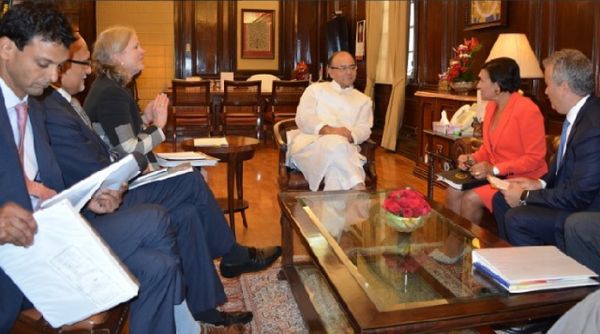
by admin | May 25, 2021 | Corporate, Corporate Governance, Economy, News, Politics
 Washington : Finance Minister Arun Jaitley on Friday said the slowdown effect of demonetisation and GST roll-out on the Indian economy has played out and the country’s growth is now headed towards being more balanced and sustainable.
Washington : Finance Minister Arun Jaitley on Friday said the slowdown effect of demonetisation and GST roll-out on the Indian economy has played out and the country’s growth is now headed towards being more balanced and sustainable.
“The Indian economy is poised for strong, sustainable and balanced growth backed by the government’s strong focus on implementing structural reforms.
“There is clear evidence now that slowdown effect of demonetisation and GST has now more or less played out,” Jaitley said at an interactive seminar here on ‘India Opportunity’ organised by the Federation of Indian Chambers of Commerce and Industry (Ficci).
“The implementation of the Goods and Services Tax (GST) from July 1 and its gradual complete transition, follow-up to demonetisation and enacting other structural reforms by the government would take the economy towards higher growth trajectory,” he added.
Jaitley is currently on a one-week official tour to Washington D.C. to attend the annual meetings of the International Monetary Fund (IMF) and the World Bank and other associated meetings.
He is accompanied by Reserve Bank of India Governor Urjit Patel and Economic Affairs Secretary Subhash Chandra Garg.
The Finance Minister spoke on the bold reforms carried out in India which now have created impressive opportunities in infrastructure assets resolution under the Insolvency and Bankruptcy Code (IBC) process and in the financial sector, the Finance Ministry said in a statement.
Further, he stated that foreign direct investment (FDI) flows to India have increased in 2016-17 over 2015-16, indicating improved global confidence in the Indian economy.
He also spoke about the interface between the global and the Indian economy, national investments and the Infrastructure Fund and reform initiatives of the government, especially to improve ease of doing business.
—IANS
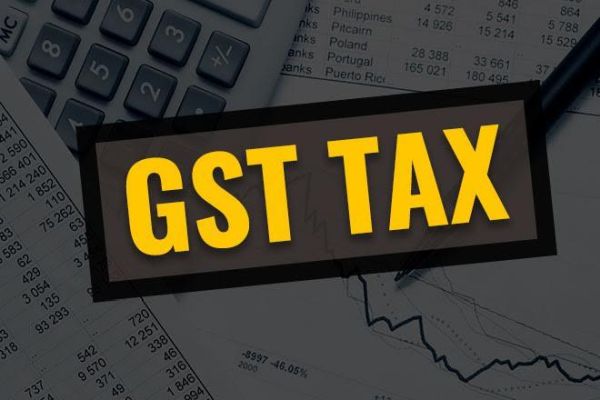
by admin | May 25, 2021 | Commodities, Commodities News, Corporate, Corporate Governance
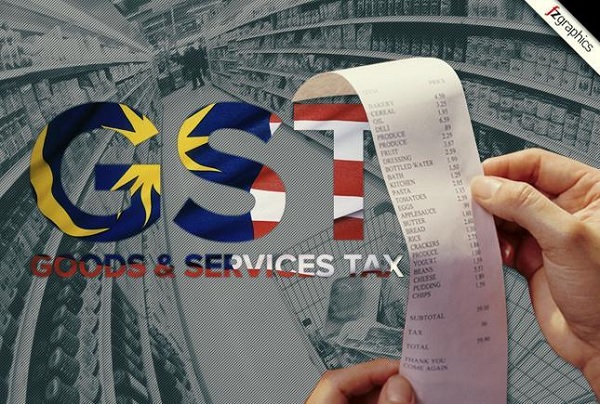 New Delhi : While works contract services relating to oil and gas exploration in the offshore areas beyond 12 nautical miles shall attract 12 per cent GST, the transportation of natural gas through pipeline will attract 5 per cent GST without input tax credit, Finance Ministry said on Wednesday.
New Delhi : While works contract services relating to oil and gas exploration in the offshore areas beyond 12 nautical miles shall attract 12 per cent GST, the transportation of natural gas through pipeline will attract 5 per cent GST without input tax credit, Finance Ministry said on Wednesday.
“Offshore works contract services and associated services relating to oil and gas exploration and production in the offshore areas beyond 12 nautical miles shall attract Goods and Services Tax (GST) of 12 per cent. Transportation of natural gas through pipeline will attract GST of 5 per cent without input tax credits (ITC) or 12 per cent with full ITC,” the ministry said in a statement.
The decisions were taken by the GST Council in its 22nd meeting on October 6 with the aim to reduce the cascading of taxes arising on account of non-inclusion of petrol, diesel, Aviation Turbine Fuel (ATF), natural gas and crude oil and to incentivise investments in the exploration and production sector.
The Council also decided that the import of rigs and ancillary goods imported under lease will be exempted from Integrated GST, subject to payment of appropriate IGST on the supply/ import of such lease service and fulfilment of other specified conditions.
Further, GST rate on bunker fuel has been reduced to 5 per cent, both for foreign going vessels and coastal vessels, it said.
Notifications to give effect to these proposals will be issued shortly, it added.
—IANS
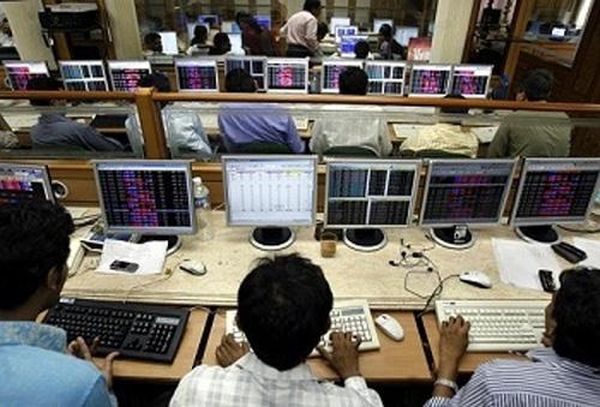
by admin | May 25, 2021 | Economy, Markets, News
 By Rohit Vaid,
By Rohit Vaid,
Mumbai : The upcoming quarterly results season, along with key macro-economic data points, are expected to determine the trajectory of equity indices next week.
Market observers opined that global cues, combined with the direction of foreign funds, will also impact investors’ risk-taking appetite.
“Markets would look to the upcoming earnings season, though the expectations remain muted on weaker growth on the back of GST implementation. The divergence of weak Indian macros and buoyant global growth, combined with higher Indian market valuations, will keep the positive momentum in Indian markets capped,” Zyfin Advisors’ Chief Executive Devendra Nevgi told IANS.
“Fiscal overruns and inflation stickiness and the lack of other adequate levers to pump growth will result in markets relying on domestic liquidity for help,” Nevgi added.
IT major Tata Consultancy Services (TCS) is expected to be the first blue chip to come out with its second quarter (Q2) results on October 12.
“Domestic market is concerned with the lack of earnings growth — led by GST disruption and reduction in liquidity by global central banks… However, in the near term, Q2 earnings will be the key factor which will determine the direction of the market,” elaborated Vinod Nair, Head of Research at Geojit Financial Services.
Apart from the Q2 results, investors will also look out for the upcoming macro-economic data points such as the IIP (Index of Industrial Production) figures.
The Central Statistics Office (CSO) is slated to release the macro-economic data points of IIP and CPI (Consumer Price Index) on October 12, Thursday.
Besides the macro-economic data points, rupee’s movement against the US dollar and an outflow of foreign funds could make investors nervous.
The Indian rupee weakened by nine paise on last Friday to close at 65.38 to a US dollar from its previous week’s close at 65.29.
In addition to Indian currency, provisional figures from the stock exchanges showed that foreign institutional investors (FIIs) off-loaded stocks worth Rs 3,022.07 crore.
Figures from the National Securities Depository (NSDL) revealed that foreign portfolio investors (FPIs) divested equities worth Rs 550.75 crore during October 3-6.
“FPIs have sold over $2 billion in Indian equities over the past couple of months as they grow cautious due to economic growth slowing down and expensive stock prices. A constant outflow of foreign investment from domestic equity markets have weighed on rupee,” Anindya Banerjee, Deputy Vice President for Currency and Interest Rates with Kotak Securities, told IANS.
“As a result, we can see USD-INR rise towards 66/66.20 levels in the coming days from 65.35 now. However, we do not expect USD-INR to sustain above 66.20 levels for long, as RBI is expected to remain a seller at higher levels to contain volatility.”
On technical charts, Nifty can move towards record highs after crossing the 9,980-10,000 points hurdle.
“Nifty’s sharp bounce back on Friday has opened up possibility of a further up-move in the early part of next week,” said Deepak Jasani, Head of Retail Research for HDFC Securities.
“A decisive move above the hurdle of 9,980-10,000 points level could lead Nifty to move towards the recent all-time high of around 10,178 points level in the next 1-2 weeks. On down moves, it could take support at 9,830 points.”
Last week, the key Indian equity indices — the BSE Sensex and the NSE Nifty — rose on the back of global cues, along with healthy macro and auto sales data.
Consequently, the 30-scrip Sensitive Index (Sensex) of the BSE surged by 530.5 points, or 1.7 per cent to 31,814.22 points.
Similarly, the Nifty50 of the National Stock Exchange (NSE) edged higher by 191.1 points, or 1.95 per cent to close the week’s trade at 9,979.70 points.
(Rohit Vaid can be contacted at rohit.v@ians.in)
—IANS
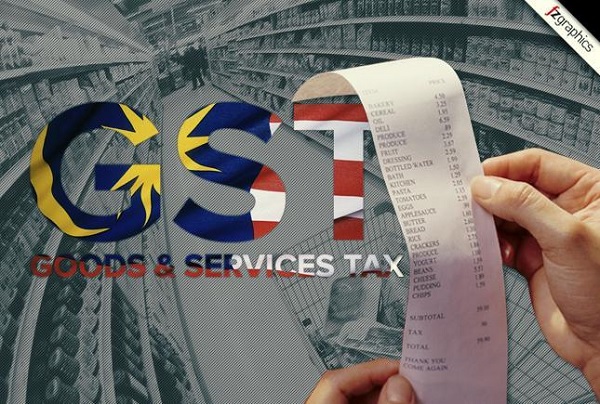
by admin | May 25, 2021 | News, Politics
 New Delhi : The Congress on Saturday welcomed the measures announced by the Narendra Modi government to ease concerns over the Goods and Services Tax as “interim relief to certain sections” but accused it of failing to address structural issues of GST reform.
New Delhi : The Congress on Saturday welcomed the measures announced by the Narendra Modi government to ease concerns over the Goods and Services Tax as “interim relief to certain sections” but accused it of failing to address structural issues of GST reform.
“We welcome the interim relief… The government has utterly failed to address structural issues of GST reform through fair and transparent consultations,” Congress spokesperson Randeep Singh Surjewalal told the media here at the party headquarters.
He said the entire spirit, direction and purpose of the GST Bill introduced by the United Progressive Alliance (UPA) under Congress was lost due to sheer incompetence of a panic stricken Modi government driven by “adhocism and lost in chaos of its own making”.
“Post-demonetisation disaster, a possible ‘good fortune’ of adding two per cent to India’s GDP is being converted into ‘misfortune’ by sheer ineptitude and amateurish handling of the most important tax-reform,” Surjewala said.
Accusing the Bharatiya Janata Party of first refusing to acknowledge the clutter, confusion and cost to economy by botching up the GST conception and implementation, the Congress said that reality dawned with the massive economic downslide.
“One Nation, One Tax has become ‘One Nation, Seven Taxes’ or more, i.e. 0.25 per cent, three per cent, five per cent, 12 per cent, 18 per cent, 28 per cent and 40 per cent.
“Indian GST rate is now the highest in the entire world. Even the Chief Economic Advisor to this government had recommended the GST rate of 15 per cent to 15.25 per cent as the revenue neutral rate,” he said.
In addition, states have the discretion to impose more taxes over and above the GST, the Congress leader said adding that a case in point being the entertainment tax imposed by Tamil Nadu and registration tax imposed by Maharashtra.
“The Prime Minister (Narendra Modi) and the Finance Minister (Arun Jaitley) have failed to address this principal structural flaw.”
He said that the government has still not laid down any roadmap nor given any indication of bringing petroleum products, electricity and real estate within the ambit of GST, repeatedly emphasised by the Congress party and all the experts.
“It may be worth noting that the government continues to earn a bonanza tax of Rs 2,73,000 crore annually from cumbersome petro taxes alone,” he said.
The Congress leader also took on the government accusing it of putting massive taxes on goods of mass consumption.
“No relief has been given to the common man. Modi government’s circumspect motives in taxing all aspects of ‘Roti, Kapda and Makaan’ continue unabated,” he said.
Describing the BJP government as anti-farmer, the Congress leader said that non-grant of any relief to this sector, which is the biggest employment generator, reflects inherent prejudice of the Modi government.
“Reeling under the lack of market-driven MSP and cycle of indebtedness, no relief has been given to the farmer and agriculture sector from burden of taxes.
“Fertilizers, tractor and all other agricultural implements, pesticides and even the cold storages and food grain handling systems are being highly taxed,” Surjewala said.
He said that textiles, second biggest employment generator after agriculture, also continues to face deep stress owing to distorted duty structure threatening to wipe out the living subsistence of millions, of traders, cloth merchants, micro, small and medium businesses.
Facing severe criticism over the implementation of GST, the government on Friday announced a slew of measures to ease the concerns of traders, exporters and small business while slashing the rates on 27 items of common consumption, including roti, khakra, namkeens, stationery, man-made yarn — with most of them brought to five per cent category.
—IANS

 New Delhi/Mumbai/Kolkata/Chennai/Bengaluru : Come Dhanteras, and the hunger for gold, so visible among Indians, has helped them tide over the impact of demonetisation and the Goods and Services Tax (GST), as customers thronged jewellery stores on Tuesday.
New Delhi/Mumbai/Kolkata/Chennai/Bengaluru : Come Dhanteras, and the hunger for gold, so visible among Indians, has helped them tide over the impact of demonetisation and the Goods and Services Tax (GST), as customers thronged jewellery stores on Tuesday.




